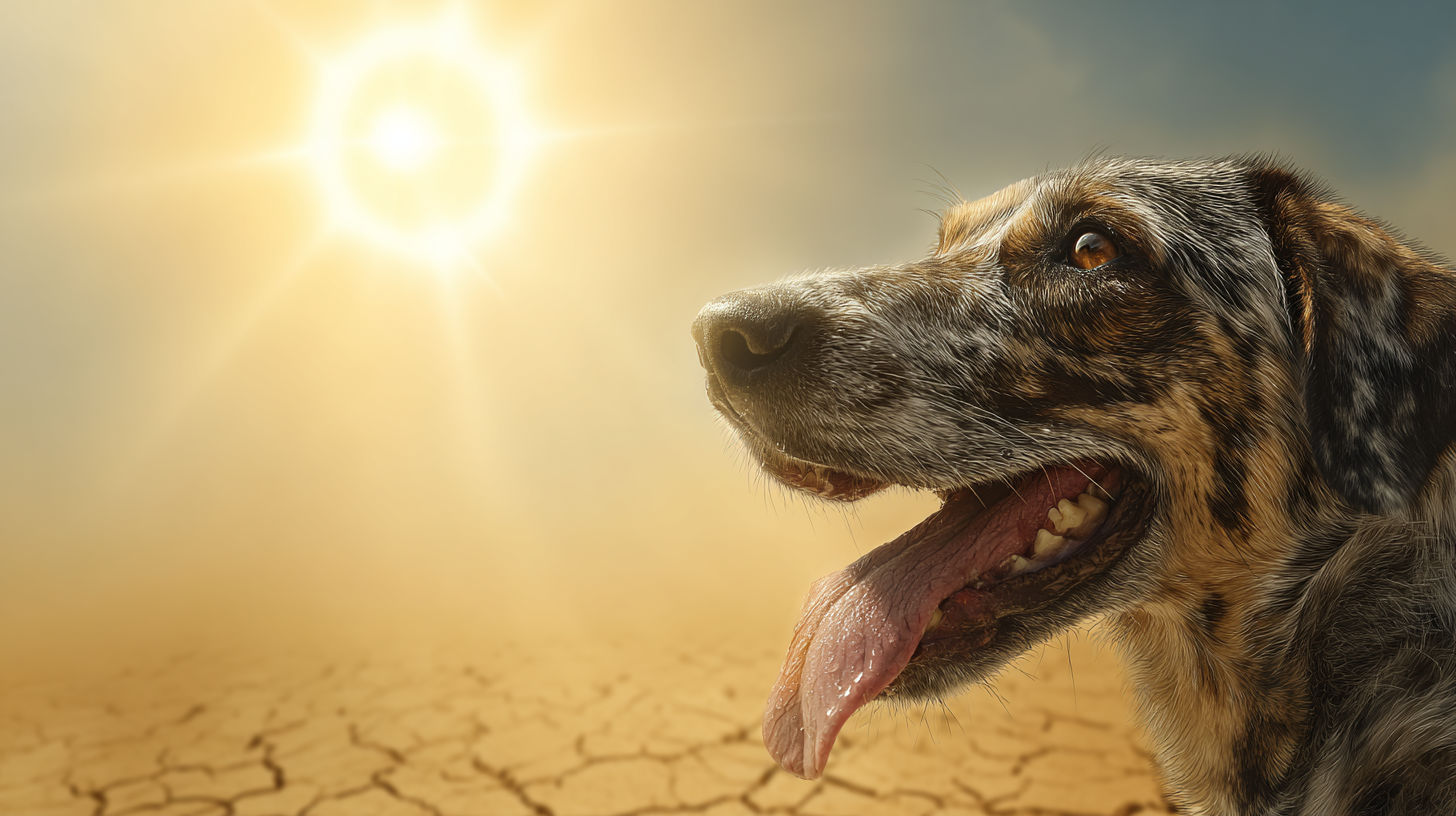6 Reasons Why Your Dog Is Panting & What Are the Dangerous Situations?
Have you ever wondered why your dog is panting excessively or seemed uneasy after a walk? Panting is a normal behavior in dogs, helping them regulate their body temperature, especially since they lose about 10-30% of their heat through their breath. Dogs typically pant 10-35 times per minute, with a normal rate being 10-20 breaths per minute. However, excessive or heavy panting can sometimes signal underlying health issues that require attention. Understanding the reasons behind dog panting and recognizing dangerous situations can help you keep your furry friend safe and healthy. In this guide, I’ll share the key reasons why your dog might be panting heavily and when to be worried about dangerous symptoms or signs of distress.
Reasons for Dog Panting
One of the primary reasons for dog panting is heat regulation. Dogs do not sweat like humans; instead, they rely heavily on panting to cool down, especially in hot weather or if they are overheated. Overheating symptoms include rapid breathing, drooling, and the dog seeking shade or water. Anxiety or stress can also cause your dog to pant more than usual, especially during thunderstorms, fireworks, or unfamiliar environments. Obesity can make panting worse because extra weight puts additional strain on their respiratory system. Medical conditions such as heart disease or Cushing’s disease can cause persistent heavy panting as the body struggles to maintain balance. Pain or discomfort from injuries or underlying illnesses can also trigger rapid dog panting. Additionally, respiratory issues like pneumonia or chronic bronchitis often lead to labored breathing where dogs breathe fast and shallow. Noticing any of these reasons for rapid dog breathing can help you determine if your pet needs veterinary attention.
Signs of Dog Respiratory Distress & When to Worry
While occasional panting is normal, certain signs signal that your dog might be in danger. If your dog is panting too heavily and is accompanied by restlessness, confusion, or even collapse, immediate veterinary help is necessary. A temperature above 104°F (40°C) indicates severe overheating or heatstroke, which can be life-threatening. An increased respiratory rate over 40 breaths per minute suggests respiratory distress. Observe your dog’s gums or tongue; a blue-tinged color often indicates oxygen deprivation. If panting persists for more than 10-15 minutes, it could be a sign of a serious medical situation like heatstroke or respiratory failure. Other warning signs include dog heavy breathing, dog breathing hard and fast, or signs of dog heatstroke symptoms like drooling, weakness, or vomiting. Recognizing these dangerous situations early can be lifesaving.
How to Help a Dog That Is Overheating or Panting Excessively
If you notice your dog panting excessively due to heat, move them to a cooler area immediately. Offer fresh water, and use a damp cloth or cool, wet towel to help lower their body temperature. Avoid cold water or ice baths as sudden temperature shifts can cause shock. If your dog shows early signs of overheating or heatstroke, such as heavy panting and lethargy, seek veterinary care promptly. Regularly check for signs of dog overheating symptoms, especially in hot weather or after vigorous exercise. Prevention is key; always provide shade, water, and avoid excessive activity during peak heat hours. Additionally, keep an eye on dogs with existing medical issues who might be more prone to respiratory distress or heat-related problems.
Conclusion
Knowing the reasons why your dog is panting and understanding the signs of dangerous situations can make a significant difference in ensuring your pet’s well-being. Always monitor your dog’s breathing and behavior, particularly during hot weather or stressful events. If you notice persistent heavy panting, signs of discomfort, or rapid breathing accompanied by abnormal symptoms, consult your veterinarian immediately. Being attentive and responsive can prevent minor issues from turning into emergencies. 🐶 Take the time today to observe your beloved pup and provide them with a safe, comfortable environment. Your vigilance can save a life.
Additional Resources & CTA
If you found this article helpful, consider subscribing to my newsletter for more pet health tips or sharing this post with fellow dog lovers. Remember, always prioritize your pet’s health and seek professional help when in doubt. For more detailed guides on dog health or respiratory issues, visit our trusted resources.
